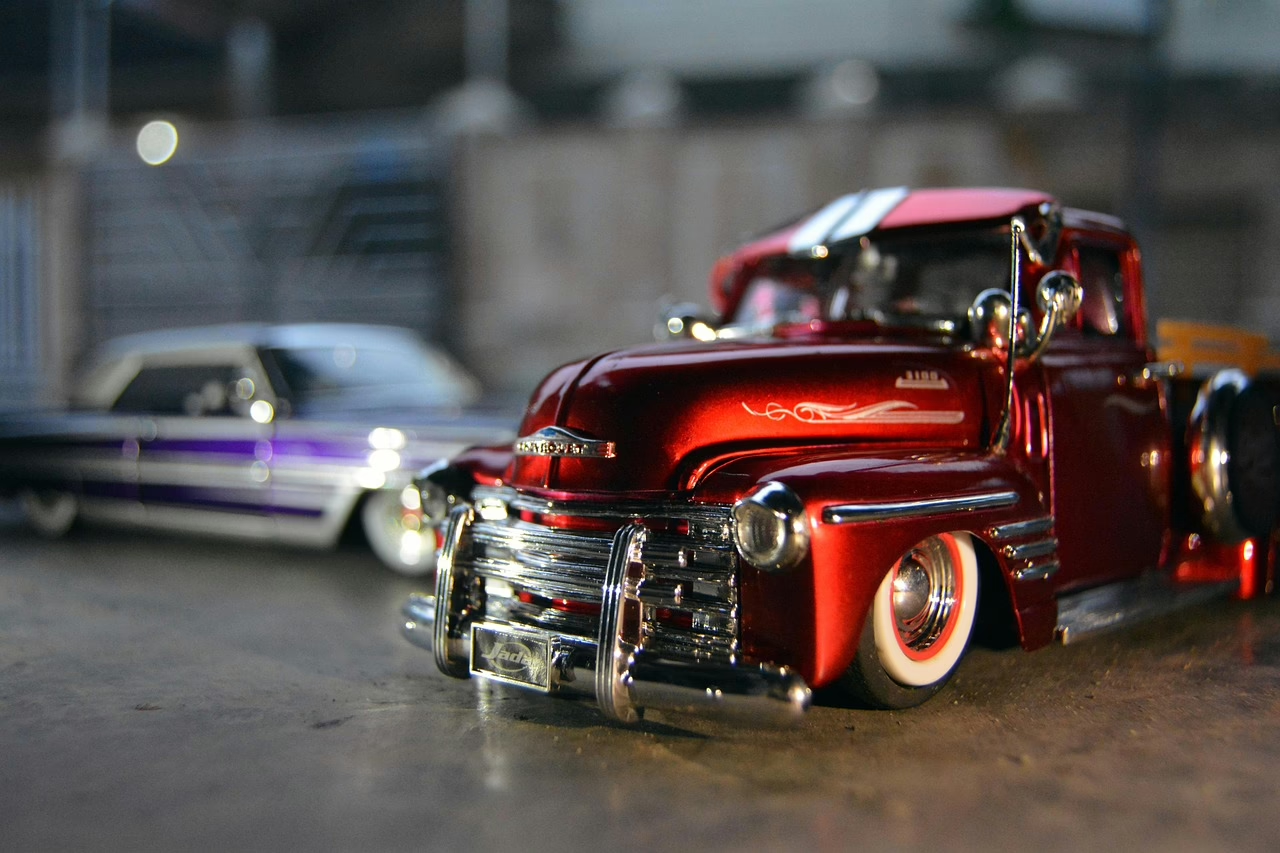-

Keep It Smooth: Why Lubricating Your Airbrush Matters
Using IWATA Lube or BADGER REGDAB “Needle Juice” Airbrushes are precision instruments. Every part — the needle, trigger, valve system, and internal seals — relies on smooth, friction-free movement. When any of these areas get sticky from dried paint or lack of lubrication, your control suffers: spray becomes inconsistent, atomization falters, and the entire painting…












